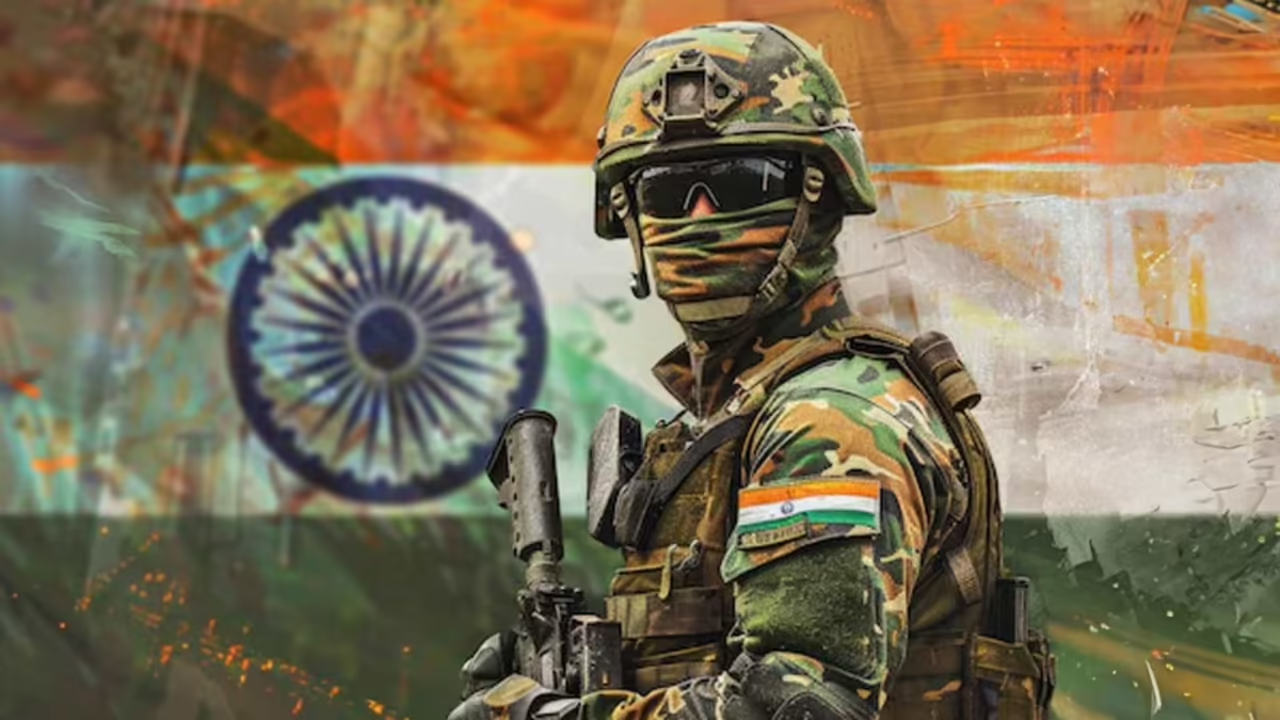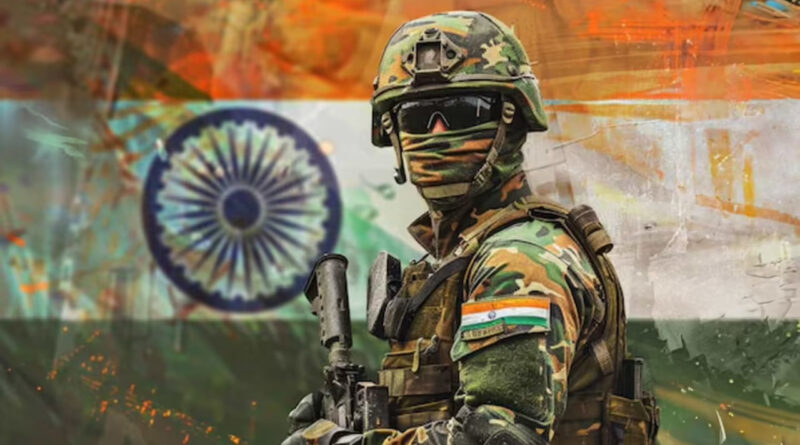The Honour Behind Every Rank
The Honour and Hierarchy of Indian Army Ranks
The Indian Army, one of the largest and most revered military forces in the world, functions with exemplary discipline, courage, and commitment. At the heart of its efficiency lies a meticulously defined structure of ranks. These ranks are not just designations—they are reflections of leadership, experience, and relentless service to the nation.
The Backbone of Military Order
The Indian Army’s rank system is divided into three broad categories: Commissioned Officers, Junior Commissioned Officers (JCOs), and Other Ranks (Non-Commissioned Officers and Soldiers). Each level is essential for maintaining the chain of command, operational clarity, and battlefield effectiveness.
1. Commissioned Officers
Commissioned Officers are the strategists and leaders. They are selected through premier institutions like the National Defence Academy (NDA), Indian Military Academy (IMA), and Officers Training Academy (OTA). Their ranks, in ascending order, are:
Lieutenant
Captain
Major
Lieutenant Colonel
Colonel
Brigadier
Major General
Lieutenant General
General – The Chief of the Army Staff
Field Marshal – An honorary five-star rank, rarely awarded (last awarded to Sam Manekshaw and K. M. Cariappa)
These officers lead units from platoons to entire corps, commanding with both strategic insight and ground-level grit.
2. Junior Commissioned Officers (JCOs)
JCOs are promoted from among the ranks of experienced soldiers and serve as a vital link between officers and the troops. Their authority is both formal and moral—earned through years of dedication.
Naib Subedar
Subedar
Subedar Major
JCOs are respected not just for their position, but for their deep knowledge of ground realities and troop dynamics.
3. Other Ranks (Non-Commissioned Officers and Soldiers)
These soldiers form the core strength of the Indian Army. Trained rigorously and deployed in the harshest terrains, they carry out operations with unmatched bravery. Their ranks, in ascending order, are:
Sepoy (the base-level soldier)
Lance Naik
Naik
Havildar
They are the ones at the frontlines, the first responders in conflict zones, and the ultimate executors of military strategy.
More Than Just Titles
What sets the Indian Army’s rank system apart is its strong foundation of meritocracy and honour. A Sepoy can rise through the ranks to become a Junior Commissioned Officer, and with further achievement, even a decorated member of the officer cadre. This encourages excellence and commitment at every stage.
Ranks are not merely titles—they carry legacy, responsibility, and the weight of command. They define who gives the orders, who executes them, and how the entire machinery of the military moves as one cohesive unit.
In a world that often celebrates titles without substance, the Indian Army’s ranks stand as a testament to earned respect and duty fulfilled. Each badge, each stripe, and each star worn on an officer’s uniform represents more than authority—it symbolizes sacrifice, leadership, and unwavering loyalty to the nation.
To honour the Indian Army is to understand and respect the hierarchy it operates with. Because behind every rank is a story of service. And behind every uniform is a soldier who stands ready to protect the nation—rank by rank, honour by honour.





